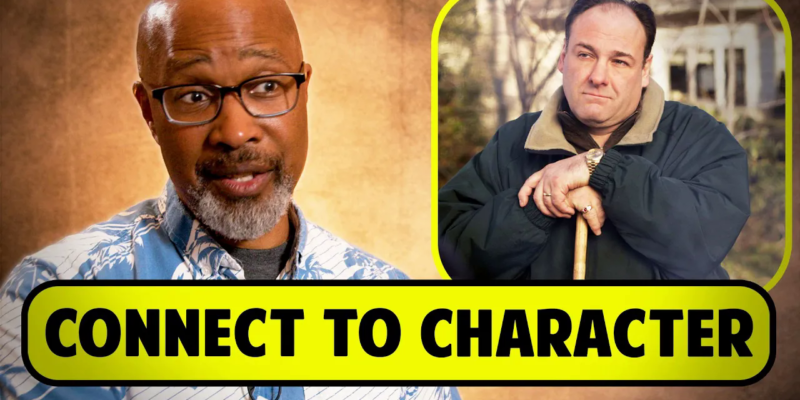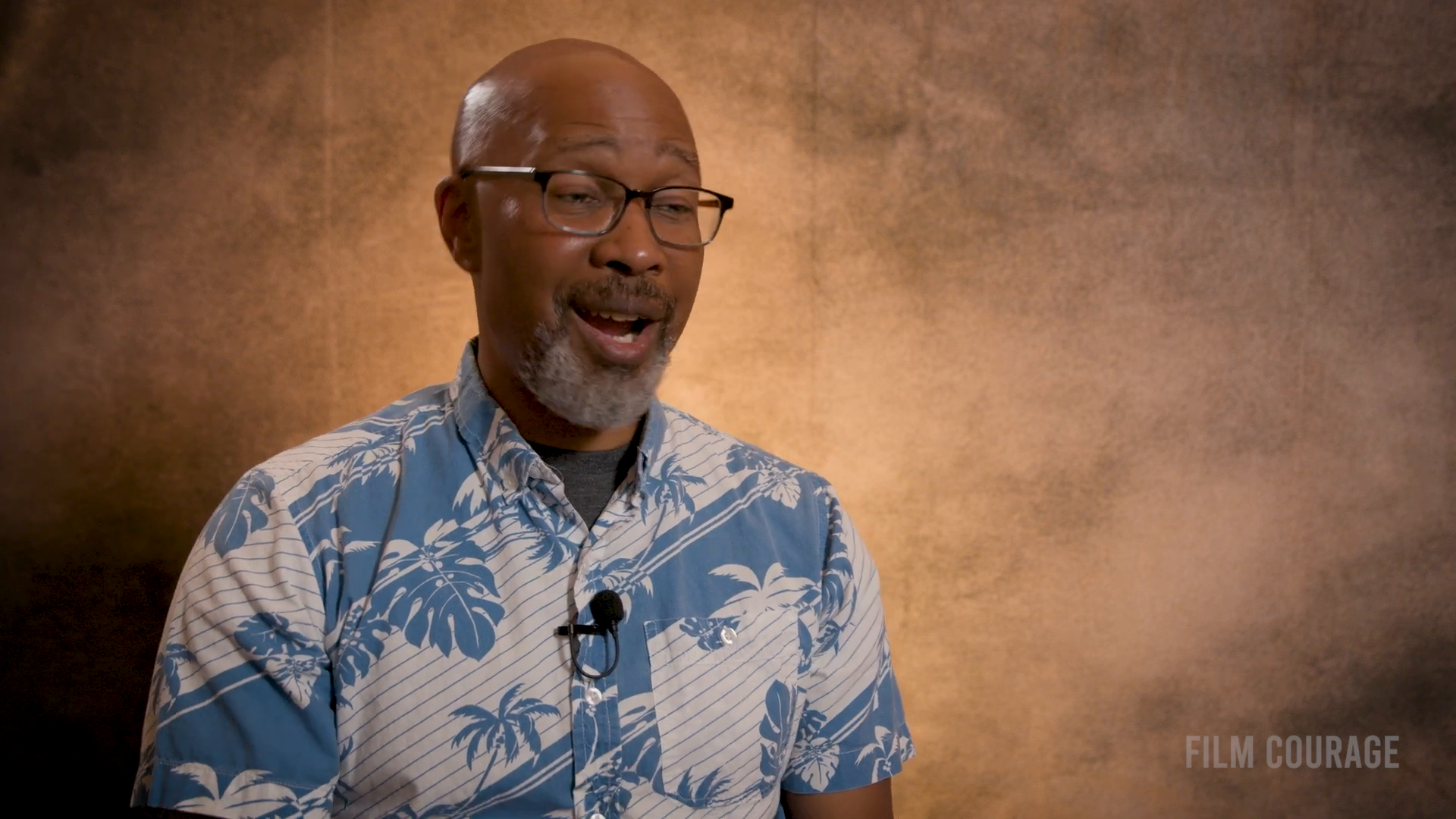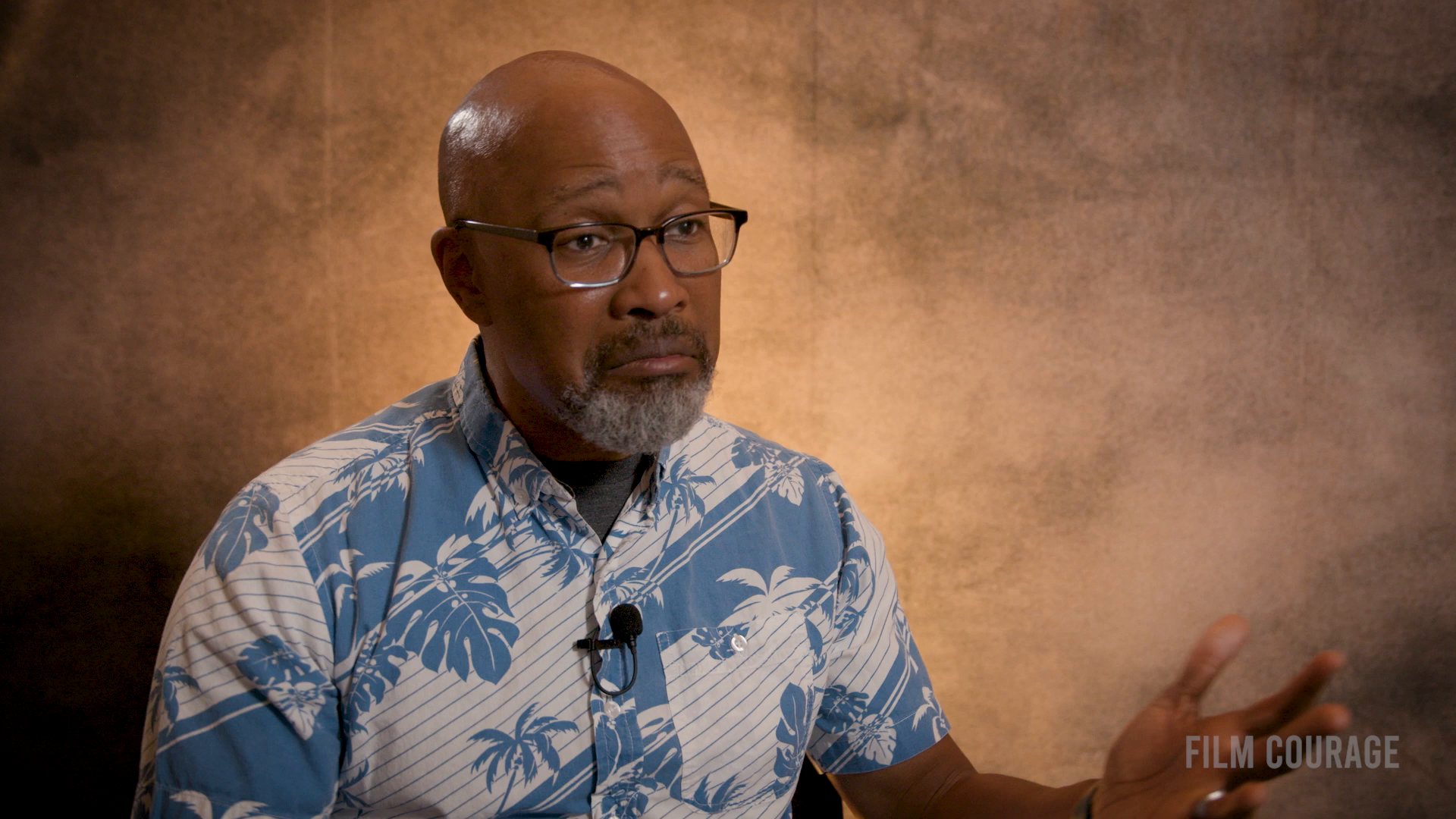
Understanding Character Development: Flaws, Empathy, and Emotional Depth
The Importance of Knowing Your Character’s Goals
Understanding your character’s goals early in the writing process is crucial for developing a compelling narrative. As a writer, having a clear idea of what your character wants can guide the story’s direction and provide a foundation for their actions and decisions.
“Pretty early on, I will know generally what my character wants.”
This early understanding often stems from the character’s obsessions or the larger themes they are pursuing. By identifying these elements, you can determine what the character is striving for, whether it’s a tangible goal or an abstract desire.
The process of refining these goals is iterative. Writers frequently revisit and revise their log lines and story outlines to ensure clarity and precision in their character’s objectives. This ongoing refinement helps sharpen the focus on what the character truly wants and how it drives the narrative forward.
“I have characters who come to mind who are headed for something pretty specific.”
Characters with specific goals often lead to more engaging and relatable stories. By drilling down into what these goals look like, writers can create more nuanced and dynamic characters.

Character Flaws: The Key to Relatability
Character flaws are essential in storytelling because they make characters relatable and engaging. These imperfections allow characters to stumble and falter, adding depth and interest to their journeys. As the speaker reflects, “Character flaws… make characters fun and sweet and dear and interesting.” This sentiment highlights how flaws contribute to a character’s humanity, making them more real and accessible to audiences.
The speaker shares a personal reflection from childhood, recalling envy towards characters in movies who always seemed to have the perfect response. This envy turned into appreciation for the authenticity that comes with characters who “stumble over themselves.” Such moments of vulnerability and error, like a surgeon making a critical mistake, are where the drama and emotional connection intensify. These instances prompt viewers to ponder the human question: how do we recover from our mistakes?
Flawed characters in media resonate because they mirror our own imperfections, inviting empathy and understanding. By showcasing their struggles and growth, these characters become more than just figures on a screen; they become reflections of our own journeys.

The Antihero and Moral Imperatives
The concept of the antihero in storytelling often sparks debate, particularly around the moral imperatives that guide such characters. The speaker shares a personal perspective, expressing a lack of affinity for the antihero trope. This viewpoint is influenced by a background that emphasizes moral imperatives, questioning what is right and wrong, and the importance of striving to improve oneself.
“I’m not a fan of the antihero… there’s always this sense of what’s the moral imperative?”
The discussion highlights the relatability of characters who are aware of their flaws and actively seek to address them. This is exemplified by characters like Tony Soprano, who, despite being an antihero, engages in therapy and questions his life choices. Such introspection and the desire to “get it right” resonate with audiences, making these characters more human and relatable.
“That, to me, that’s really relatable and I’d like to see that more in characters.”
The speaker’s insights suggest a preference for characters who, despite their imperfections, strive for self-improvement and moral clarity. This approach not only enriches character development but also offers audiences a deeper connection to the narrative.

Empathy in Character Development
Empathy plays a crucial role in understanding and developing characters. It allows writers to delve deeply into the minds of their characters, creating more authentic and relatable narratives. As one might say, “Getting inside the head of a character is… an exercise in empathy.” This process is not only about understanding the character’s actions but also about feeling their emotions and motivations.
Techniques for Getting Inside a Character’s Head
To truly understand a character, writers often employ techniques similar to those used in acting. This involves immersing oneself in the character’s given circumstances and asking questions like, “What would it feel like if I could do x or y?” For instance, considering the intoxication of power if one were a CEO, and how that might influence interactions and expectations.
The Connection Between Acting and Writing
The connection between acting and writing in character development is significant. Both require a deep understanding of human emotions and motivations. Writers, like actors, must imagine themselves in their characters’ shoes, exploring how they would react in various situations.
The Importance of Imaginative Exercises
Imaginative exercises are vital in writing, allowing writers to explore different facets of their characters. By considering various scenarios and emotional responses, writers can create more nuanced and compelling characters.

Show, Don’t Tell: The Screenwriter’s Challenge
In the realm of screenwriting, the challenge of conveying character emotions is both intricate and essential. Unlike prose, where an author can delve into a character’s internal monologue, screenwriters must rely on visual storytelling. This involves showing rather than telling, using subtle cues like mannerisms and actions to reveal what lies beneath the surface.
“It’s not only about what a character can demonstrate, but also what they’re not willing to say.”
The art of “show, don’t tell” extends beyond mere actions. It encompasses the language characters use and, importantly, what they choose to leave unsaid. This unspoken element can be as revealing as dialogue, offering insight into a character’s true feelings and motivations.
Screenwriters often draft scenes where characters express everything, only to refine these drafts by removing dialogue and actions. This process allows for a more nuanced portrayal, where less is more, and the audience is invited to infer deeper meanings.
“We can always create a draft where the character says everything and then go back in the rewrite.”
Strategies for revealing character thoughts and feelings through actions include focusing on what characters are unwilling to express. This approach not only enriches the narrative but also engages the audience, prompting them to read between the lines.

Pouring Emotions into Characters
In the realm of character development, infusing emotions into characters is a crucial process that brings depth and authenticity to storytelling. This involves delving into the character’s past experiences and understanding how these shape their reactions and interactions.
A writer often finds themselves pondering questions like, “This betrayal just happened, how am I gonna be when I see that person next?” Such reflections help in crafting scenes that are emotionally charged and relatable. The writer must consider the emotional and verbal approaches a character might take, ensuring these feel natural and true to the character’s personality.
For instance, when a character like Joe, who has been downsized from his company, faces the dilemma of whether to tell his wife or continue pretending, the writer explores various emotional scenarios. These include whether Joe will confess his job loss immediately, delay the truth, or even decide to leave without explanation. Each choice offers a different emotional texture to the scene, making it “a really juicy scene to write.”
The process of pouring emotions into characters is about imagining and exploring these possibilities, allowing the character’s unique version of events to unfold naturally. This approach not only enriches the narrative but also engages the audience, making them invested in the character’s journey.



















